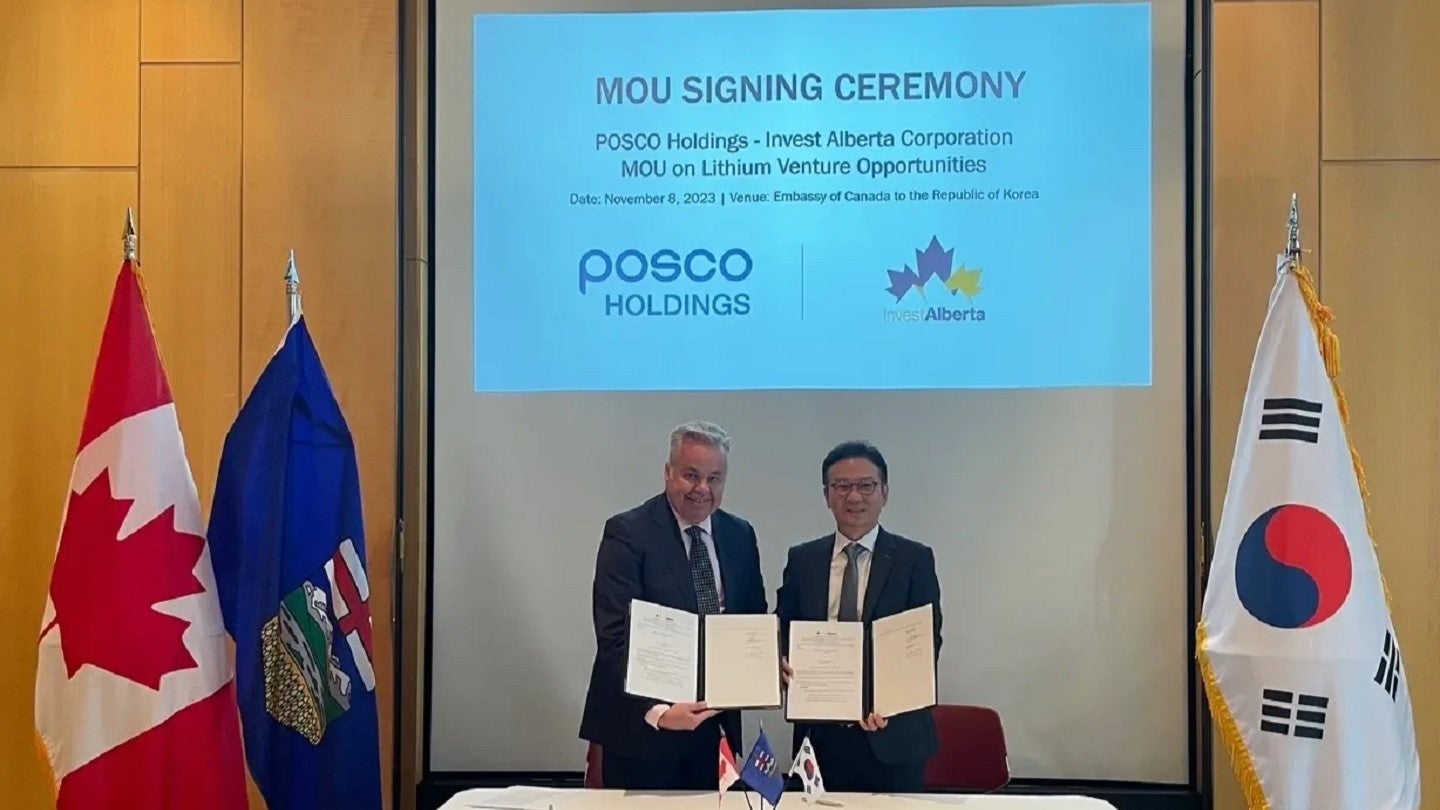Mineral Resources (MinRes) is taking proactive steps to minimise the impacts of mining on marine life at its Onslow Iron project in the Western Australia.
The ecological impacts of secondary disturbances from mining activities such as noise, light and vibrations are a major consideration in MinRes’ planning process.
Onslow Iron is employing a unique transhipping solution that transports iron ore from the Port of Ashburton to bulk carriers anchored 40km offshore.
The vessels feature a shallow seven-metre draft when fully loaded with 20,000 tonnes, avoiding the need for a deep-water port and significantly reducing the project’s environmental footprint.
MinRes has also implemented several engineering adjustments to minimise potential impacts of operations on marine turtles, seabirds and migratory shorebirds and other species.
Appropriate lighting is important for safety when working at night. However, artificial light can sometimes disrupt the natural behaviours and activity patterns of native fauna.
For marine turtles in particular, artificial light can cause disorientation among hatchlings – potentially impacting the number of animals successfully navigating from their nest to the water.
To minimise, monitor and manage artificial light spill and its potential environmental impacts throughout construction, commission and operations, MinRes has prepared an artificial light management plan (ALMP) for Onslow Iron operations which has been approved by Federal and state environmental regulators.
The plan includes regular monitoring of turtle and shorebird populations, as well as programs to identify light spill levels and associated triggers.
MinRes biodiversity principal Adam Cross said engineering and management solutions that minimise skyglow from the port and anchorages have also been made to mitigate and minimise the impacts of artificial light spill.
“When operating in these areas, we must protect and preserve the iconic wildlife they support,” he said.
“We’re making sure MinRes and our contractors have proper controls in place to protect native fauna from artificial light disturbance – it’s a shared responsibility.”
Outcomes from the ALMP will be monitored bi-annually through light level checks at major islands in the region and through photograph and drone image monitoring of seasonal turtle hatchling movement patterns.
Subscribe to Australian Mining and receive the latest news on product announcements, industry developments, commodities and more.




